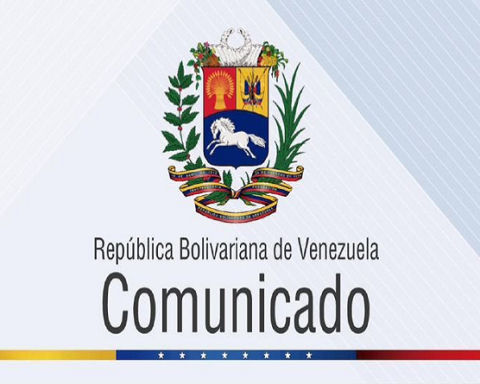“They should start seriously considering lowering the interest rate. If not, this economic situation of growth may be put in check and we will begin to have an economic slowdown that will be very ugly,” he anticipated during his participation in the Rankia Market Experience CDMX 2024.
On the other hand, the unemployment rate has dropped, so monetary stimuli are needed “so as not to enter a slowdown that will later be very complicated to manage,” he added.
Lowering the interest rate will make the cost of money cheaper, which encourages consumption and credit for both companies and citizens. A neutral level of interest rates is one that allows a balance between healthy economic growth and not creating inflationary pressures.
A long-term rate that achieves this balance is one that is between 50 and 100 basis points above the annual inflation rate, Pablo Gil pointed out. So in the case of Mexico, if Banco de México’s inflation goal is 3%, the interest rate would have to be between 3.5% and 4%.
The specialist highlighted that now that inflation has begun to decelerate towards the central banks’ goal, a cycle of lower rates has begun around the world, and the predominant question is: how far will the cuts go?
“Many of the investments say: ‘now we will return to 0% interest.’ We should not go back to 0% interest. If you don’t put a price on money, you start making absurd investments. If you set a negative price, as was done in Europe for years, you invite debt because they pay you for borrowing,” he explained.
Challenges for Sheinbaum
Regarding the challenges that President Claudia Sheinbaum will face, she highlighted the level of debt compared to GDP as the main one, although she must also keep the fiscal deficit under control; Likewise, adequate management of investments in infrastructure, in renewable energies, expanding health and education coverage.
Other challenges have to do with avoiding tax evasion, reducing violence; as well as working on women’s rights and immigration.
The importance of the interest rate, the expert points out, lies in the fact that debt is very high throughout the world.
“Governments spend more than they earn,” he lamented. The world debt exceeds 300 trillion dollars, “more than 330% of GDP; more than three times in debt than we produce in goods and services. “We live beyond our means,” he said.
“We are facing a structural problem. Before, governments went into debt to combat economic crises; Now they go into debt for all types of scenarios, for growth and for non-growth,” he added.
Globally, China is the country with the highest debt, followed by Japan, the United Kingdom, the United States and the Euro Zone.










![[EN VIVO] 'Dinamóvil': President of Inspection supports request to form an investigative commission Presidente de Fiscalización recoge firmas para que se vote el pedido de facultades de comisión investigadora.](https://latin-american.news/wp-content/uploads/2024/10/EN-VIVO-Dinamovil-President-of-Inspection-supports-request-to-form-1024x675.jpg)





